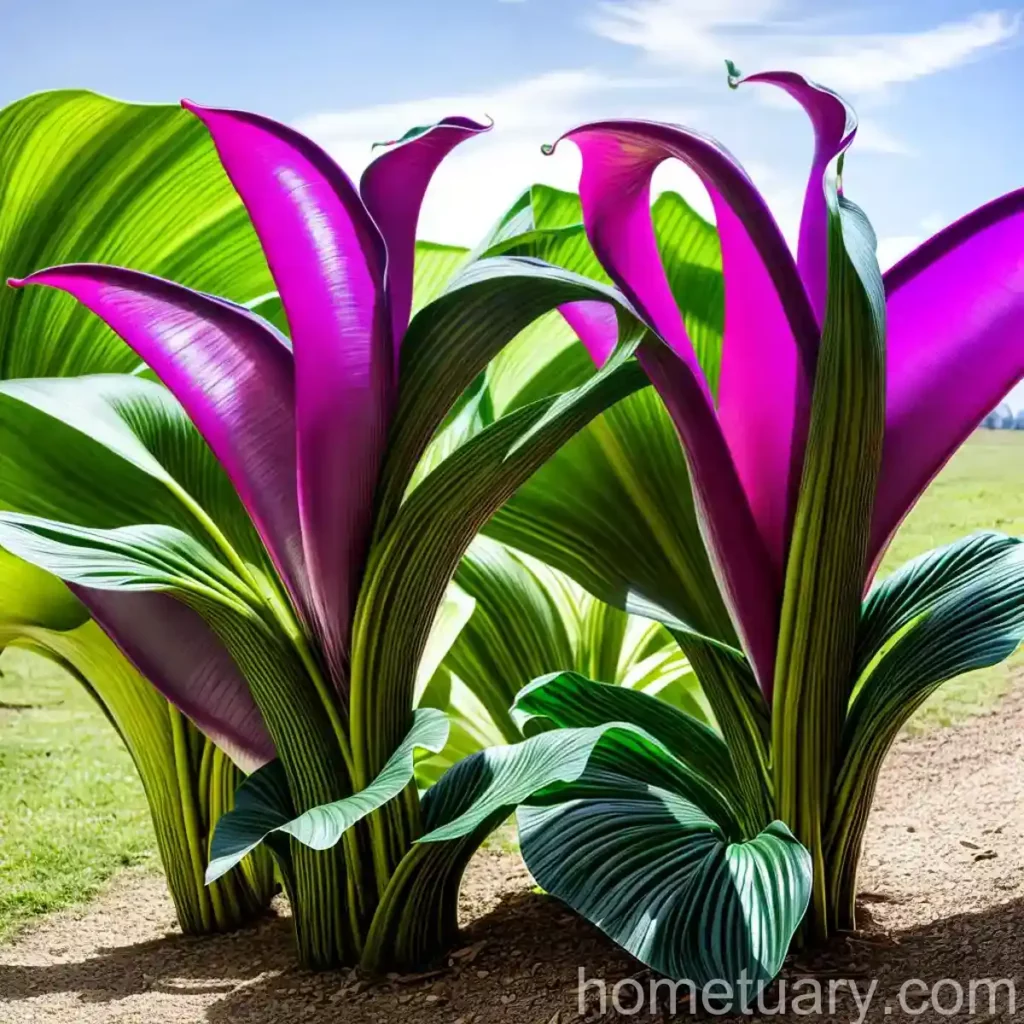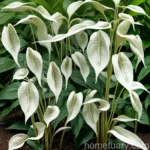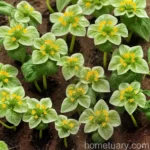Dragon Arum (Dracunculus vulgaris): A Complete Guide to Cultivation and Care
In the world of unique and fascinating plants, the dragon arum (Dracunculus vulgaris) stands out as an intriguing and captivating species. From its mythical symbolism to its extraordinary appearance, this plant has captured the fascination of botanists, horticulturists, and plant enthusiasts alike. In this comprehensive guide, we will delve into the cultivation and care of the dragon arum, exploring its characteristics, uses, propagation methods, and much more.
What is Dragon Arum (Dracunculus vulgaris)?
The dragon arum (Dracunculus vulgaris) is a striking perennial plant belonging to the Araceae family. Also known as the dragon lily, black arum, and dragonwort, this plant is native to the Mediterranean region, particularly in countries such as Greece, Turkey, and the Balkans. One of the most distinctive features of the dragon arum is its large, dark purple, or maroon spathe, which surrounds a slender, dark purple spadix at its center. The plant is often characterized by its foul smell, akin to that of rotting meat, which serves the purpose of attracting pollinators such as flies and beetles.
Key Takeaways – Dragon Arum (Dracunculus vulgaris)
Before we delve into the specifics of cultivating and caring for the dragon arum, let’s take a quick look at some key takeaways about this unique plant:
- Scientific Name: Dracunculus vulgaris
- Common Names: Dragon arum, dragon lily, black arum, dragonwort
- Native Habitat: Mediterranean region, particularly Greece, Turkey, and the Balkans
- Distinctive Features: Large, dark purple or maroon spathe, foul-smelling flowers, deeply cut compound leaves
Now that we have a brief understanding of what the dragon arum entails, let’s explore the various aspects of cultivating and caring for this intriguing plant.
Culture
Uses
The dragon arum holds several significant uses, ranging from ornamental and horticultural purposes to historic and cultural symbolism. Some of the primary uses of dragon arum include:
- Ornamental Plant: Due to its unique and striking appearance, dragon arum is often cultivated as an ornamental plant in gardens, parks, and botanical collections.
- Mythical Symbolism: In various cultures and folklore, the dragon arum holds symbolic significance, often representing themes of rebirth, transformation, and mystery.
- Wildlife Attraction: The foul odor emitted by the flowers of the dragon arum serves to attract pollinators, making it an integral part of the local ecosystem.
- Historical Significance: Throughout history, the dragon arum has been associated with both medicinal and ritualistic practices in different cultures.
Water
Proper watering is essential for the healthy growth and development of dragon arum plants. While they require consistent moisture, it is crucial to avoid overwatering, as this can lead to root rot and other issues. Here are some key points to consider regarding the water requirements of dragon arum:
- Moist, Well-Drained Soil: Dragon arum plants thrive in moist, well-drained soil conditions. Providing adequate drainage is crucial to prevent waterlogged soil, which can be detrimental to the plant’s health.
- Avoid Overwatering: While maintaining consistent moisture is important, it is equally essential to avoid overwatering. As a general rule of thumb, water the plant when the top inch of soil feels dry to the touch.
- Water Quality: The quality of water is also a factor to consider. Dragon arum plants generally appreciate water with moderate mineral content and a slightly acidic to neutral pH.
Sunlight
Fertilizer
Soil
Pruning
Propagation
Container
Popularity
Common Diseases
Disease Diagnosis
Common Pests
Botanist’s Tips
Fun Facts
Conclusion
In conclusion, the dragon arum (Dracunculus vulgaris) is a truly captivating plant with a rich history, unique characteristics, and a range of practical and symbolic uses. From its origins in the Mediterranean region to its cultivation and care in gardens and landscapes around the world, the dragon arum continues to fascinate and inspire enthusiasts and botanists. By understanding its specific cultural requirements, water, sunlight, soil, and propagation methods, it is possible to cultivate and appreciate the beauty of this extraordinary plant.
As we continue to explore the world of plants and their remarkable diversity, the dragon arum serves as a compelling example of the intricate relationship between humans and the botanical world. Whether admired for its ornamental value, historical significance, or ecological role, the dragon arum remains an iconic and enigmatic species, inviting us to delve deeper into its many facets.
Ultimately, the cultivation and care of the dragon arum offer an opportunity to connect with nature, history, and the wonders of the plant kingdom, enriching our understanding and appreciation of the world around us.
References
Insert links to external resources here.















